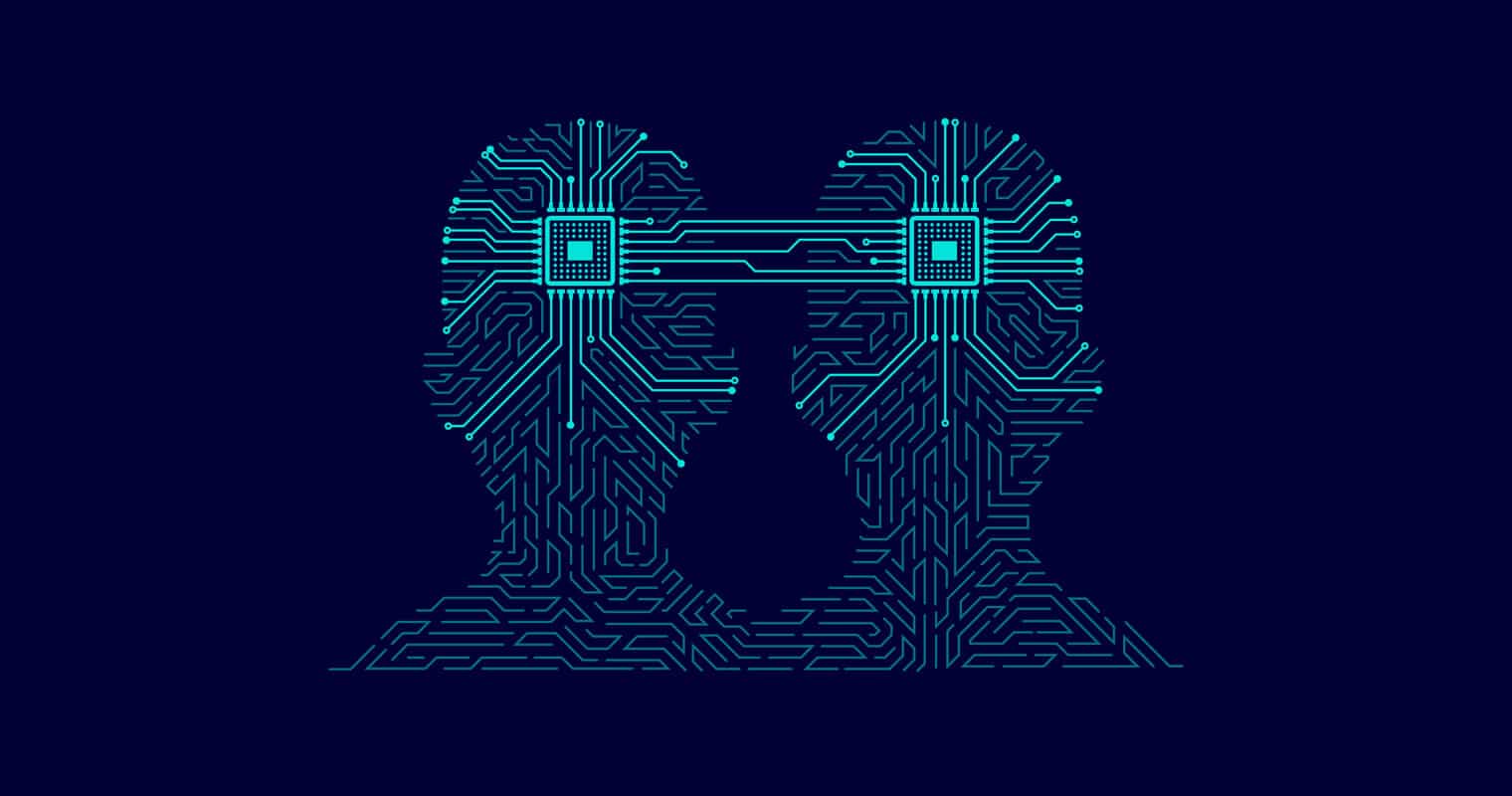A digital twin is a virtual representation of a high-value and complex physical system that uses real-time data feeds to improve availability, maintenance operations and product design. Highly complex and expensive systems such as power generation hydro turbines, aircraft engines, and rocket engines commonly use digital twin technology.
Why are Digital Twins Important?
Digital twins allow designers and engineers to observe complex machines in operation. Sensor data reveals the impact of the working environment and highlights internal stresses in real time. This is important to help refine designs based on actual data and predict failures through a deeper understanding of the operating physical system. Proactive monitoring averts potential failures, increases customer satisfaction, encourages repeat business, reduces maintenance costs, and increases sales. By designing out weaknesses in future product iterations, the mean time between failures (MTBF) can be extended, and warranties can be longer, creating a competitive advantage and improving customer value.
Examples of Digital Twins
The following examples are organized by industries that employ digital twins the most.
Digital Twins in Transportation
Companies, including GE and Boeing, use digital twins to increase their aircraft and diesel locomotive engines’ serviceable life and reliability. Digital twins include sensors for temperature, fuel burn rates, rotation speeds, and power output. When engine efficiency drops, the digital twin can monitor for potential failures and items requiring inspection.
Energy and Digital Twins
Generating hydroelectric power requires expensive water turbines. Manufacturers use digital twins to monitor the health of their turbines to determine optimal service schedules and opportunities for design changes to increase efficiency. Wind turbines are both expensive and difficult to maintain once deployed. Digital twins monitor wind speeds and their impact on the turbine. The turbine blades can be adjusted to maintain safety margins if components get close to their designed limitations. Taking wind turbines offline and hoisting teams to service them is expensive, so digital twins can extend the time between service intervals.
Use of Digital Twins in Healthcare
Healthcare has become increasingly data intensive. Expensive instruments such as MRI and CT scanners need to be highly available, so manufacturers use digital twin technology to increase the reliability of these instruments. Constant telemetry from machines allows manufacturers to minimize service windows and enable constant diagnosis.
Aerospace & Digital Twins
NASA pioneered digital twins during the Apollo missions when it maintained copies of physical and digital hardware on Earth and fed real-time telemetry from their twins during missions. This allowed engineers on Earth to troubleshoot issues and provide astronauts with critical workarounds.
SpaceX extensively uses digital twins, especially for its Raptor engines, which must endure tremendous forces during operation. This data is used to prevent failures and analyze performance parameters leading to improved designs.
Construction
Buildings and bridges endure constant impacts from the weather and users of the structure. Strain gauges measure forces on the structure to predict failures so proactive maintenance can keep them safe.
Manufacturing & Digital Twins
The production process uses digital twins at both a micro level to monitor product quality as goods are manufactured and at a macro level to improve cycle times and throughput.
Motorsport & Digital Twins
Formula 1 racecars are complex machines that require lots of tuning to win races. Digital twins allow mechanics to tune throttle response suspension damping and aerodynamics to optimize speed and handling.
Types of Digital Twins
A digital twin can focus on a single component, such as the gearbox of a Formula 1 race car. A digital twin can also operate at the asset level, which might be the combined engine and gearbox. A system-level digital twin would be the entire car.
What are the Benefits of a Digital Twin?
Some of the benefits of digital twins include:
- Digital Twins gives companies a deeper understanding of their operations, which they can apply to improve efficiency and resiliency.
- Products are improved using the insight gained from how they operate in customer environments. New versions become more reliable and maintainable as they adopt new features driven by data and analytics gathered from digital twins.
- Increased customer satisfaction results from investments in digital twin technology as the visualized data increases uptime and allows for more proactive maintenance. Sensor data reduces the need for visual inspections so service intervals can be extended.
- Greater instrumentation increases observability and provides sufficient data points to run predictive algorithms with machine learning models to discover anomalies that can be overlooked using dashboards alone.
Embedding Data Management and Digital Twins
One of the challenges of using digital twins is dealing with the volume of data they generate, as it can overwhelm networks and servers. Traditionally, sensor data is stored locally in flat files, which can require lots of administrative overhead. Embedded data managers such as Actian Zen provide a small-footprint, zero-administration alternative to flat files. Actian Zen can filter and merge data from multiple sensors, so the volume of data sent to the digital twin is streamlined to reduce network congestion.
Actian and Data Management from Digital Twins
The Actian Data Platform is a highly scalable data analytics platform with a rich feature set designed for ingesting, organizing, analyzing, and publishing data. The data integration capabilities in the Actian Data Platform can collect streamed data from sensors in digital twins, store it and publish it for exploration with visualization and analytics tools.
